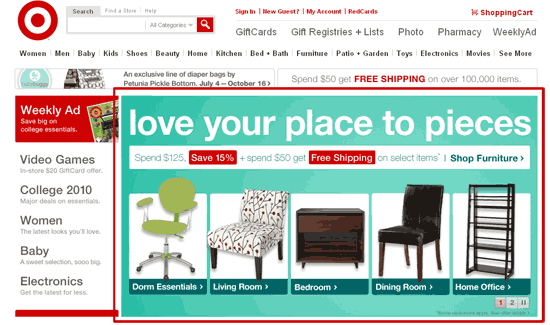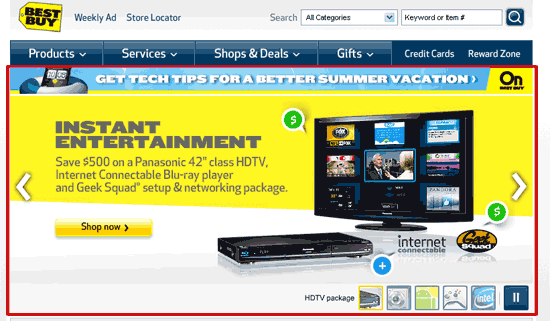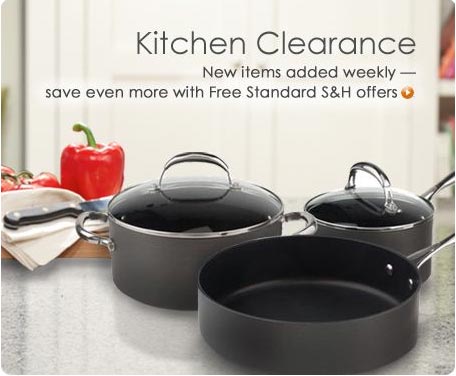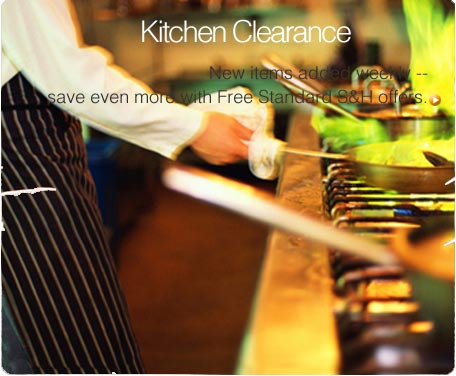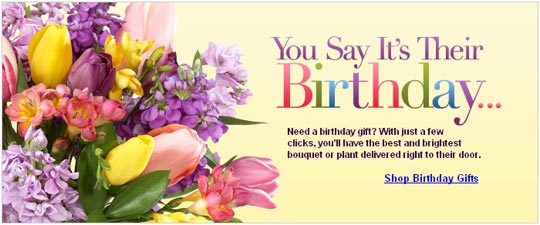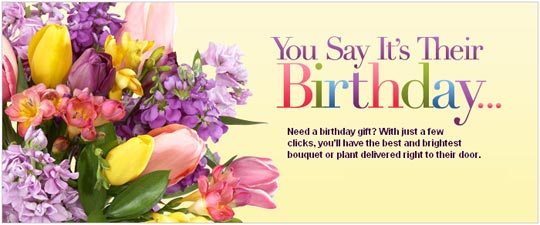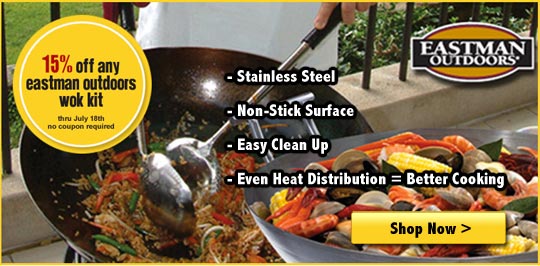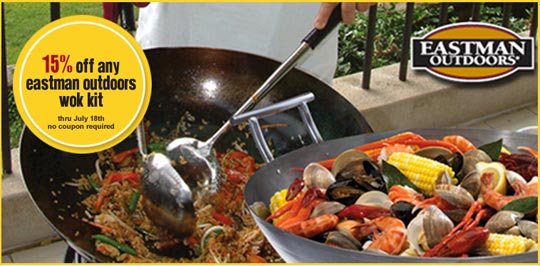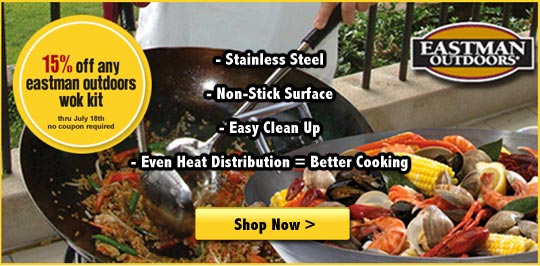Everything in business has its place, and each is equally important to its respective task. Traffic is no doubt very important and a must for building any business. However, a number of things have to be in place prior to that traffic actually helping sales, and even then, the traffic must be qualified.
It’s an all too common misconception. Many people believe that to increase sales you must increase traffic. Seems logical, and should work, right? Not always. They focus so much on traffic that they forget (or choose not to) work on the other parts of the business. They are convinced that increasing traffic is the answer they have been looking for to increase sales.
However, they often find that more traffic isn’t all it is cracked up to be. They end up frustrated with shattered hopes—the traffic levels increased but the sales they expected to achieve from that increase simply weren’t there. They scratch their heads and can’t understand why it didn’t work the way they thought. After all, they got more traffic, so they naturally should have increased sales right? Wrong.
The real fact is traffic alone will never increase sales. It’s the combination of the right quality of traffic mixed with the right design and plan that does. Without the right design and plan in place, it doesn’t matter how much traffic you receive, your chances of sustained sales increases are slim.
I’m sure you’ve heard the saying ‘you can’t put the cart before the horse.’ Hold that in the back of your mind for a minute and we’ll recall it later.
PPC and SEO are just two methods for driving traffic to a site. For sake of this article we’ll leave it at that. These two marketing channels are going to be critical toward developing a successful and sustainable business—but each has it’s time and place for being utilized. First and foremost, you must ensure that your website is ready to convert any traffic you receive into customers for without this you’ll fail. You only get one chance to make a first impression, and if you aren’t ready you’ll find that you lose far more customers than you gain.
Here is ‘brick and mortar’ example (elaborated to illustrate what I mean by all of this.)
Let’s say you are shopping for a certain show shovel (the traditional ‘brick and mortar’ way … not on the internet.) You have may options to choose from around you and you choose a local hardware store (aptly named Hard to Find Hardware) that you saw a lot of advertising for (via radio, TV, local papers, etc…) They no doubt are all over the place and getting the exposure they need to bring in the traffic—in fact they made it very easy to find them. But as you’ll soon discover, they forgot one critical element.
In all their effort increase traffic to the store, they overlooked or forgot to make sure that once you get to the store, you quickly find the shovel you are looking for and then get out the door with it in a fast friendly manner, satisfied and happy that your entire experience with them was right—and because of that experience you’ll be back in the future to do business with them again. It’s called the customer experience and it plays a crucial role in winning sales, keeping customers, and sustaining a lasting business.
Let’s continue …
You arrive at the store, park your car in the lot, and move toward the entrance door. You pull the door to open it and nothing happens. You push the door and nothing happens. Thinking for a moment that you are an unknown star of ‘Candid Camera’ you examine the door and give it one more try. To your surprise you find out that the door actually slides open (is not pushed or pulled.) You wonder why there isn’t a sign on the door saying ‘slide to open.’ (This is your first real albeit unknown sign that this store has not thought about the customer experience.)
After figuring out the door on your own you walk into the store and notice right away that you don’t see a single person in site. It’s dimly lit (no doubt because the owner is trying to save on energy costs to offset the high expense of driving traffic to the store.) Your first impression isn’t good—but there’s more to come.
You try to ignore the current uncharacteristic circumstances, and decide to press forward in search of the snow shovel you saw in the ad.
Much to your surprise (and frustration) you find that not a single aisle is marked with a sign indicating what it contains—and oh there are aisles! You begin to wander aimlessly up and down each unmarked aisle in search of the snow shovel you came for with no luck at all.
(Strike One.)
You stumble across an aisle that has outdoor equipment such as rakes, wheelbarrows, etc… but lo and behold there are no shovels. This makes no sense to you and you now begin to look for someone, anyone, who will help you find what you seek (all other potential customers have already ‘left the building’ because they know already what you don’t yet but are going to find out soon.)
You search high and low for some ‘human help’ but determine that they are all either on ‘lunch break’ or are hiding from you (or both!) One thing starts to become clear … they don’t care about you. You’ve now been in the store more than 20 minutes and still have yet to find what you came looking for. You’re about to leave and suddenly, you see the store owner (who appears to be wandering around looking for items about as aimlessly as you are.)
Upon approaching the owner you tell them your dilemma and ask them if they can direct you to the area you would find this shovel. They stop and think for a moment then take you up and down a few aisles searching with no luck (while you follow behind thinking to yourself ‘I’ve already been down this aisle’.)
You tell them that although you expected to find the show shovel in what looked to be an outdoor equipment area (with no marked sign remember) it was not there. And even though the store ad said there was a sale on that show shovel, you did not find it in what appeared to be the ‘clearance’ section (in fact, you saw no ‘clearance’ section at all.)
The store owner then replies to you saying “Oh, you want that type of shovel. When I choose a shovel I look for it based on its function and since most shovels ‘dig holes’ they can be found in the section with things like power drills, nail guns etc… which also make holes.” Trouble is, you don’t search for shovels like that and the type of shovel you are looking for doesn’t dig holes … it pushes snow.
(Strike Two.)
At this point it’s safe to say any customer that stayed to this point now decides to leave. Many more won’t even attempt to buy from this store as they heard about the bad experience from those who tried it. Good news travels fast, but bad news travels faster.
You are determined though. You didn’t come all the way out here, spend this amount of time in the store, waste gas, and think you’re leaving with nothing in your hand right? You want that shovel.
After some serious frustration and even more determination you find the shovel you came for. You pick it up and head to the front of the store to checkout. But when you get to the front of the store, you do not see any checkout registers at all? You look for signs directing you to the registers and quickly remember there are no signs. You ask a lone employee, who is also wandering around, where you can find the checkout counter and they tell you the registers are at the back of the store (not the norm you quickly think.)
For some unknown reason (maybe you like the abuse) you proceed to the checkout (at the back of the store) credit card in hand.
You arrive at the register and give the card to the cashier to which they reply “we only accept cash here.” Steam is now beginning to blow from your ears and you’re at a boiling point. You’ve just spent well over 35 minutes in this store, finally found what you came for and now can’t even pay for it with the method you choose. You tell the cashier they should point out the payment methods before people arrive at the store (but it goes in one ear and out the other.) The cashier replies, “this is how we have done business for over 20 plus years and we aren’t about to change because of one person’s needs.”
(Strike three. The store owner’s out!)
Fed up with the entire experience, you put the shovel down where you stand, turn frustrated, and leave the way you came in with a bad impression of the store in your mind … vowing never to return again (and making sure you tell all of your friends never to shop their either!)
You get into your car and go to the nearest competitor’s hardware store (named Customer Focused Hardware.)
You approach their front door and it automatically opens for you. Upon entering you are greeted with a clean organized store, brightly lit, clear signs showing you where to go, and a smiling sales rep that asks you if they can help you. (These guys clearly know what they are doing.) Within 7 minutes have found the shovel you were looking for originally (prominently displayed up front I might add because it is on sale), already paid for it and are heading back to your car.
This is the type of experience you expected when you left the house and you’re sure to return to this store the next time you need anything hardware related. The store has won you over and the competitors will all be closing their doors soon.
Closing Thoughts and Moral of the Story
So, who are you “Hard to Find Hardware” or “Customer Focused Hardware?”
Who do you want to be?
And the million dollar question, “Who would you rather buy from?”
Remember, if the rest of the business is not setup to address the customer needs and concerns, the sales simply won’t happen—no matter how much traffic you attract.
Yes, you should be working on traffic generation and should never stop, but make sure you don’t neglect the other aspects of the business while doing so.
Don’t put the cart (i.e. traffic) before the horse (i.e. customer experience).
